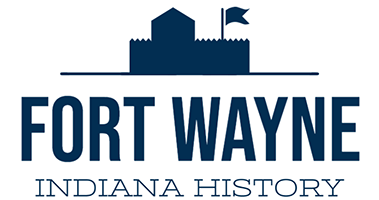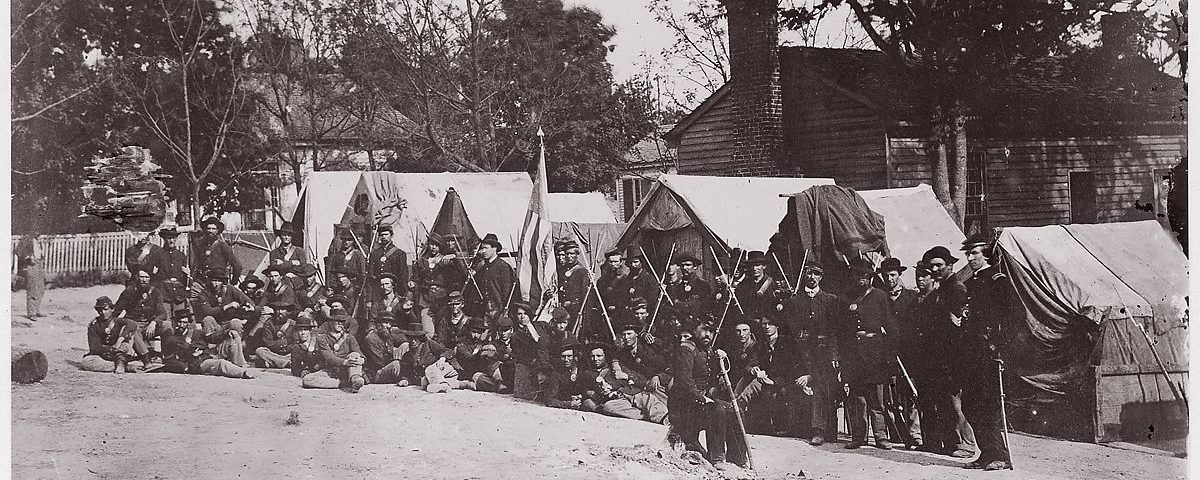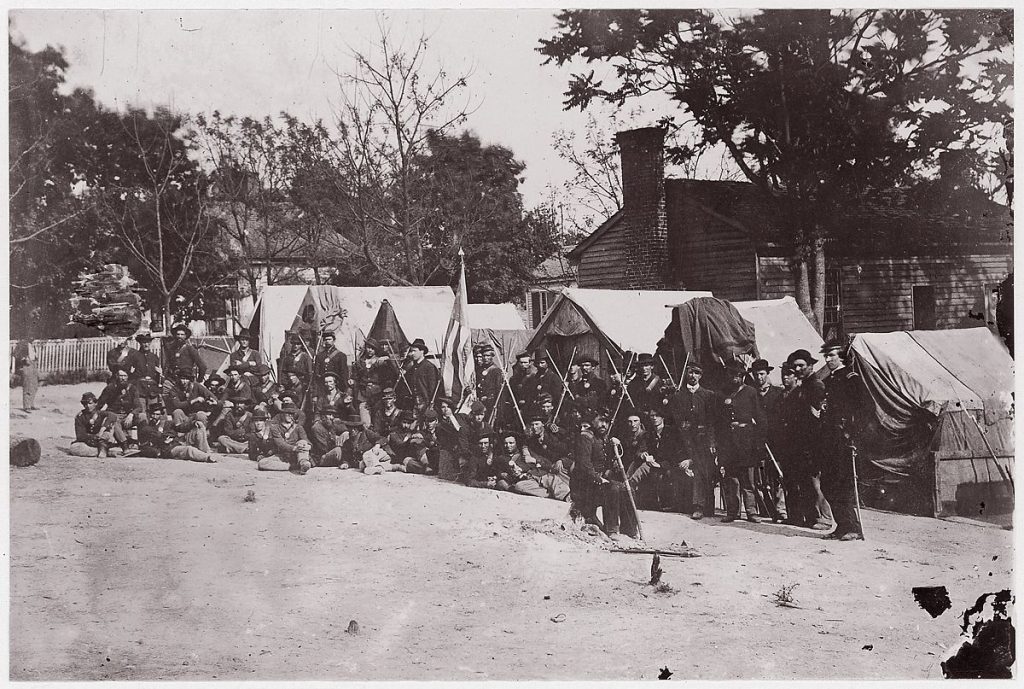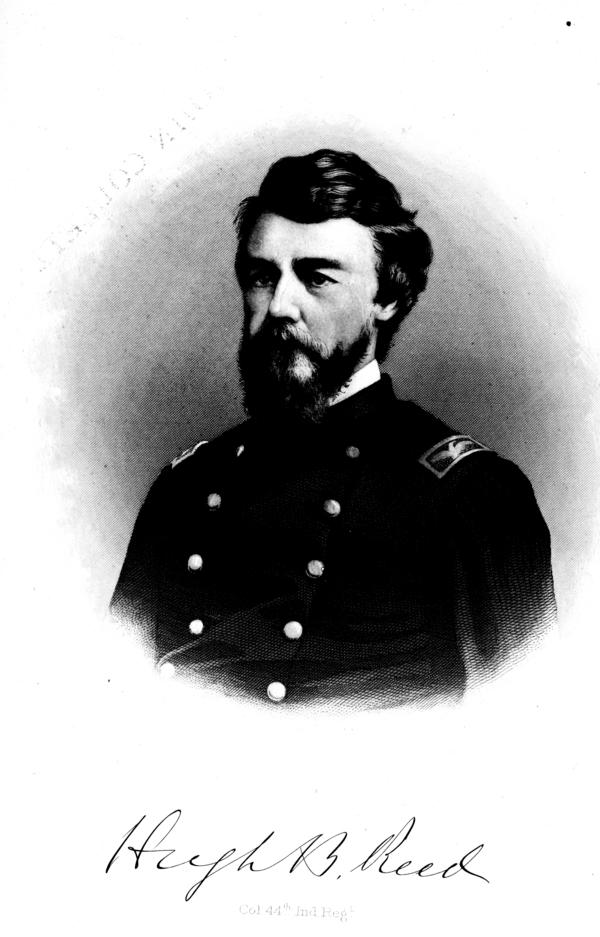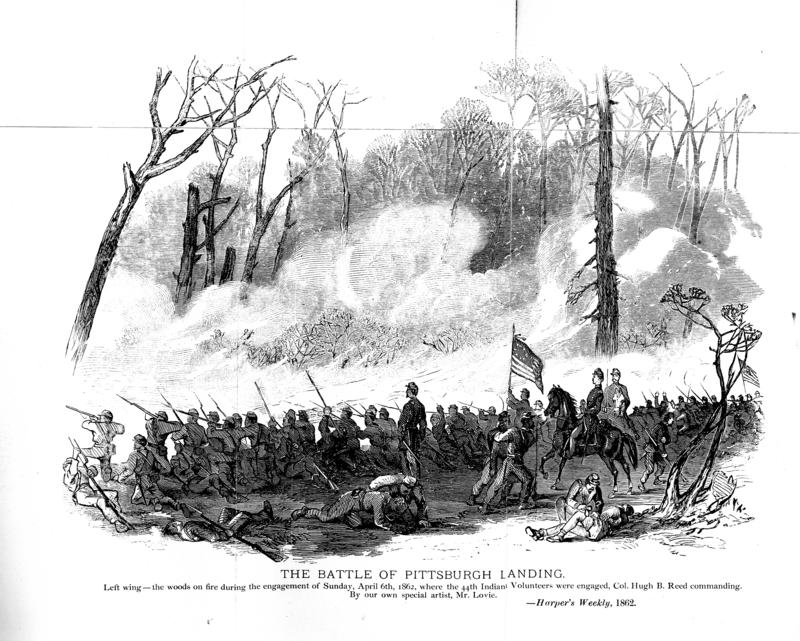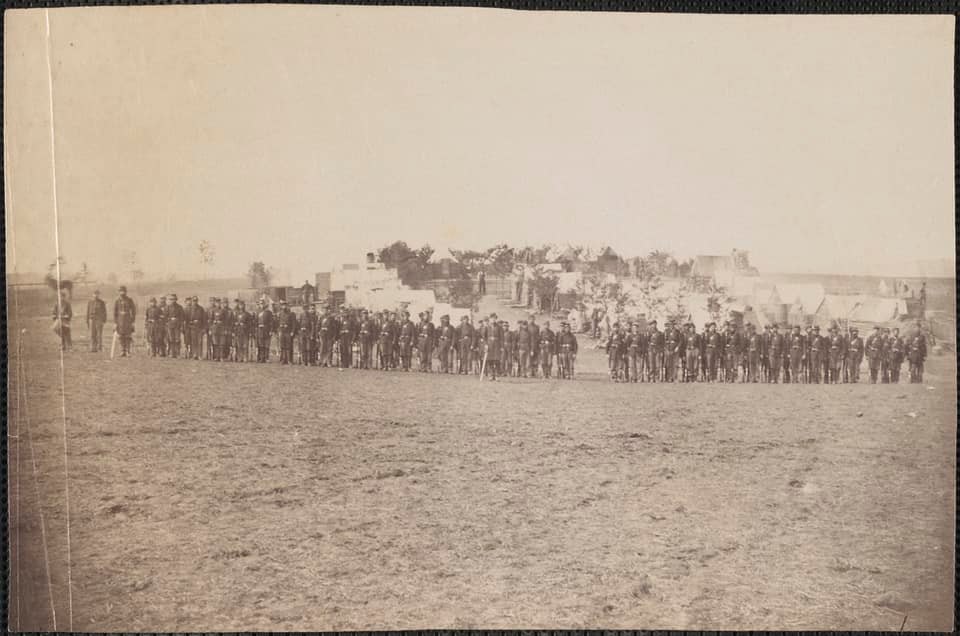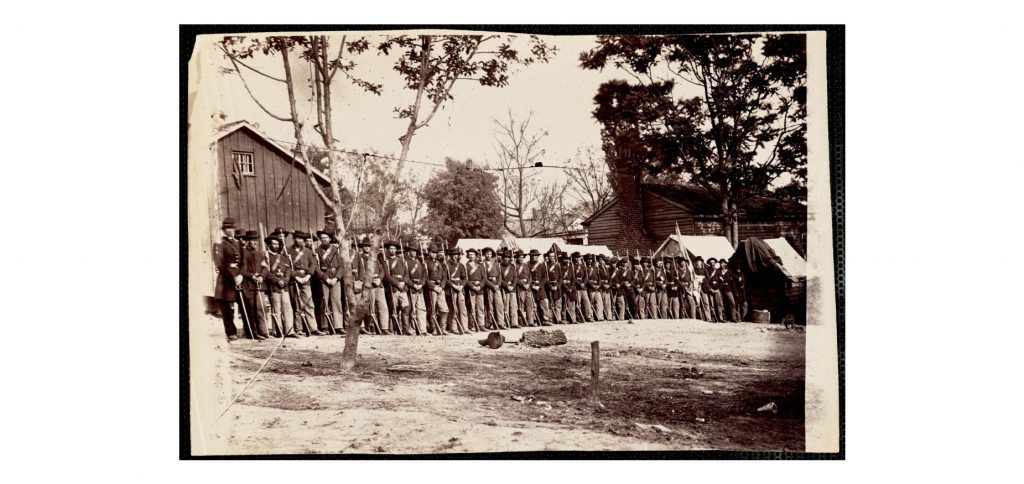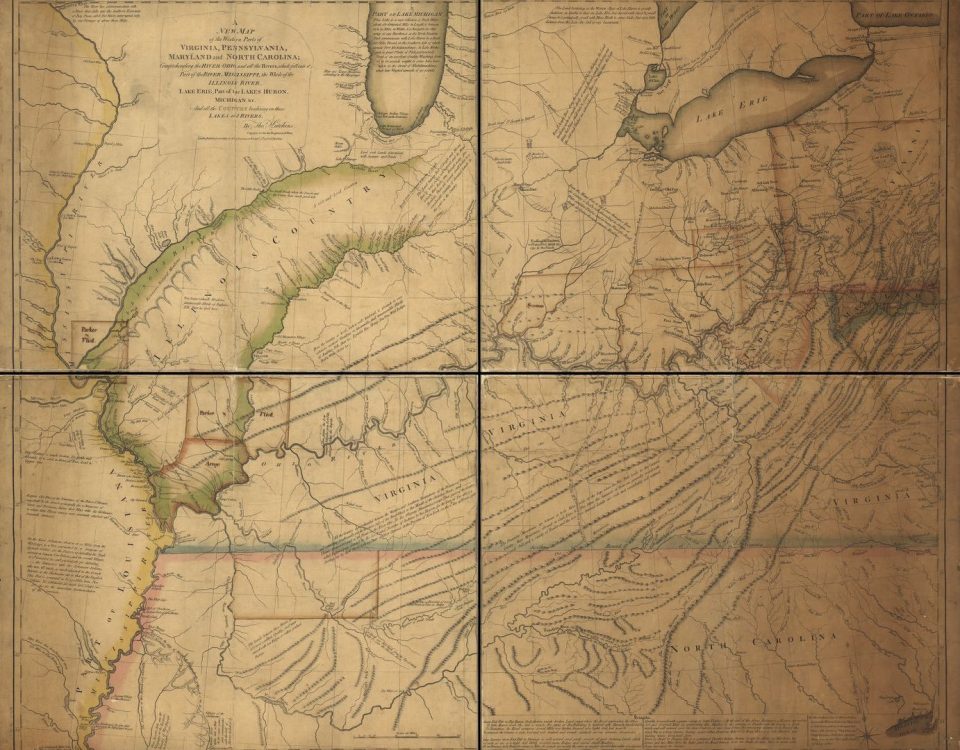A Brief History of the 44th Indiana Volunteer Infantry Civil War Regiment – from Fort Wayne, Indiana

Anthony Wayne’s Flag
December 15, 2021
Harmar’s Court Martial: The Deposition of Captain John Armstrong
December 15, 2021The 44th Indiana Volunteer Infantry was a Civil War regiment raised at Fort Wayne, Indiana in November 1861 by order of Governor Oliver P Morton. Readers will note the absence of battle names like Gettysburg and Antietam among their battle laurels as they were to be a Western Theater regiment that would take on the Confederate armies west of the Appalachians.
While the 44th would see great deal of action in Kentucky, Tennessee and Georgia it was at the Battle of Chickamauga (sort of the Gettysburg of the West) where the 44th IVI would most distinguish themselves in a defense that will be forever remembered as one of the most seminal actions of the entire war.
Due to a tactical mistake by Union Commanding General Rosecrans, a division size hole was left in the Union line and Braxton Bragg’s Confederate Brigades drove right through that hole and broke the Union Army into pieces. The Union Army faced total destruction with Rosecrans ordering a general retreat. That Confederate attack would have entirely routed the North except that General George H. Thomas’ 14th Corps and one division of the 21st Corps under Granger made a stand on Snodgrass Hill and Horseshoe Ridge. The 44th Indiana happened to be one of the regiments in the 21st.
Terribly outgunned and wildy outnumbered, Thomas with some 12,000 men nevertheless stood alone against the entire strength of the Western Confederacy consisting of a jaw-dropping 65,000 men at arms. In doing so, Thomas and regiments including the 44th Indiana prevented the destruction of the Union Army of the Cumberland.
In his regimental history, John Rerick would later write, “The new flag was carried through the battle of Chickamauga and the engagement on Mission Ridge by Sergeant Owen Shaw, Co. C. Though slightly wounded several times, he clung to it all through, except for a few moments at one time when it was knocked out of his hands by a ball, which also struck his hand. He gathered it up immediately, and afterward planted it on the hill in front of Colonel Harker’s line, in the crisis of the battle at that part of the line. He and three other sergeants, whose names we cannot recall, were subsequently examined and recommended for commissions in the colored regiments, for their gallantry in this battle.”
After Chickamauga the 44th participated in the Siege of Chattanooga and then in provost duty at Chattanooga for the rest of the war. The Regiment mustered out after the end of the war in September 1865.
These were common men of uncommon bravery and the 44th Indiana Volunteer Infantry should always be remembered by citizens of Fort Wayne and historians alike as a regiment that was hard-fought and who served with great distinction.
—
From Dyer’s Compendium:
The original strength was 933; gain by recruits, 1,050; reenlistments, 220; total, 2,203.Organized at Fort Wayne, Ind., and mustered in November 22, 1861. Moved to Henderson, Ky., December. Attached to 13th Brigade, Army of the Ohio, December, 1861. 13th Brigade, 5th Division, Army of the Ohio, to February, 1862. 1st Brigade, 3rd Division, Army of the Tennessee, to March, 1862. 3rd Brigade, 4th Division, Army of the Tennessee, to April, 1862. 14th Brigade, 5th Division, Army of the Ohio, to September, 1862. 14th Brigade, 5th Division, 2nd Corps, Army of the Ohio, to November, 1862. 2nd Brigade, 3rd Division, Left Wing 14th Army Corps, Army of the Cumberland, to January, 1863. 2nd Brigade, 3rd Division, 21st Army Corps, Army of the Cumberland, to October, 1863. 3rd Brigade, 3rd Division, 4th Army Corps, to November, 1863. Post of Chattanooga, Tenn., Dept. of the Cumberland, to April, 1864. 1st Separate Brigade, Post of Chattanooga, Tenn., to January, 1865. 2nd Brigade, 1st Separate Division, District of the Etowah, Dept. of the Cumberland, to May, 1865. 2nd Brigade, 4th Division, District of East Tennessee, Dept. of the Cumberland, to September, 1865.SERVICE:Duty at Calhoun, Green River, Ky., January-February, 1862. Moved to Fort Donelson, Tenn., February 11-12. Investment and capture of Fort Donelson February 14-16. Expedition to Crump’s Landing, Tenn., March 9-14. Battle of Shiloh, Tenn., April 6-7. Advance on siege of Corinth, Miss., April 29-May 30. Pursuit to Booneville May 31-June 12. Buell’s Campaign in Northern Alabama and Middle Tennessee June to August. March to Louisville, Ky., in pursuit of Bragg August 21-September 26. Pursuit of Bragg to Loudon, Ky., October 1-22. March to Nashville, Tenn., October 22-November 7, and duty there till December 26. Lavergne November 23. Advance on Murfreesboro, Tenn., December 26-30. Battle of Stone’s River December 30-31, 1862, and January 1-3, 1863. Duty at Murfreesboro till June. Middle Tennessee (or Tullahoma) Campaign June 23-July 7. Occupation of Middle Tennessee till August 16. Passage of the Cumberland Mountains and Tennessee River and Chickamauga (Ga.) Campaign August 16-September 22. Battle of Chickamauga September 19-20. Mission Ridge September 22. Before Chattanooga September 22-26. Siege of Chattanooga September 26-November 23. Assigned to Provost duty at Chattanooga November 8. Chattanooga-Ringgold Campaign November 23-27. Mission Ridge November 25. On Provost duty at Chattanooga, Tenn., till September, 1864. At Tullahoma September 28 to October 2. Return to Chattanooga, Tenn., October 15, and Provost duty there till September, 1865. Mustered out September 14, 1865.Regiment lost during service 4 Officers and 76 Enlisted men killed and mortally wounded and 9 Officers and 220 Enlisted men by disease. Total 309.In 1880, John Rerick published a regimental history of the 44th entitled, “The Forty-Fourth Indiana Volunteer Infantry; history of its services in the war of the rebellion and a personal record of its members”.
The 44th IVI’s regimental history can be found at the following link: https://purl.dlib.indiana.edu/iudl/inauthors/VAB1849
